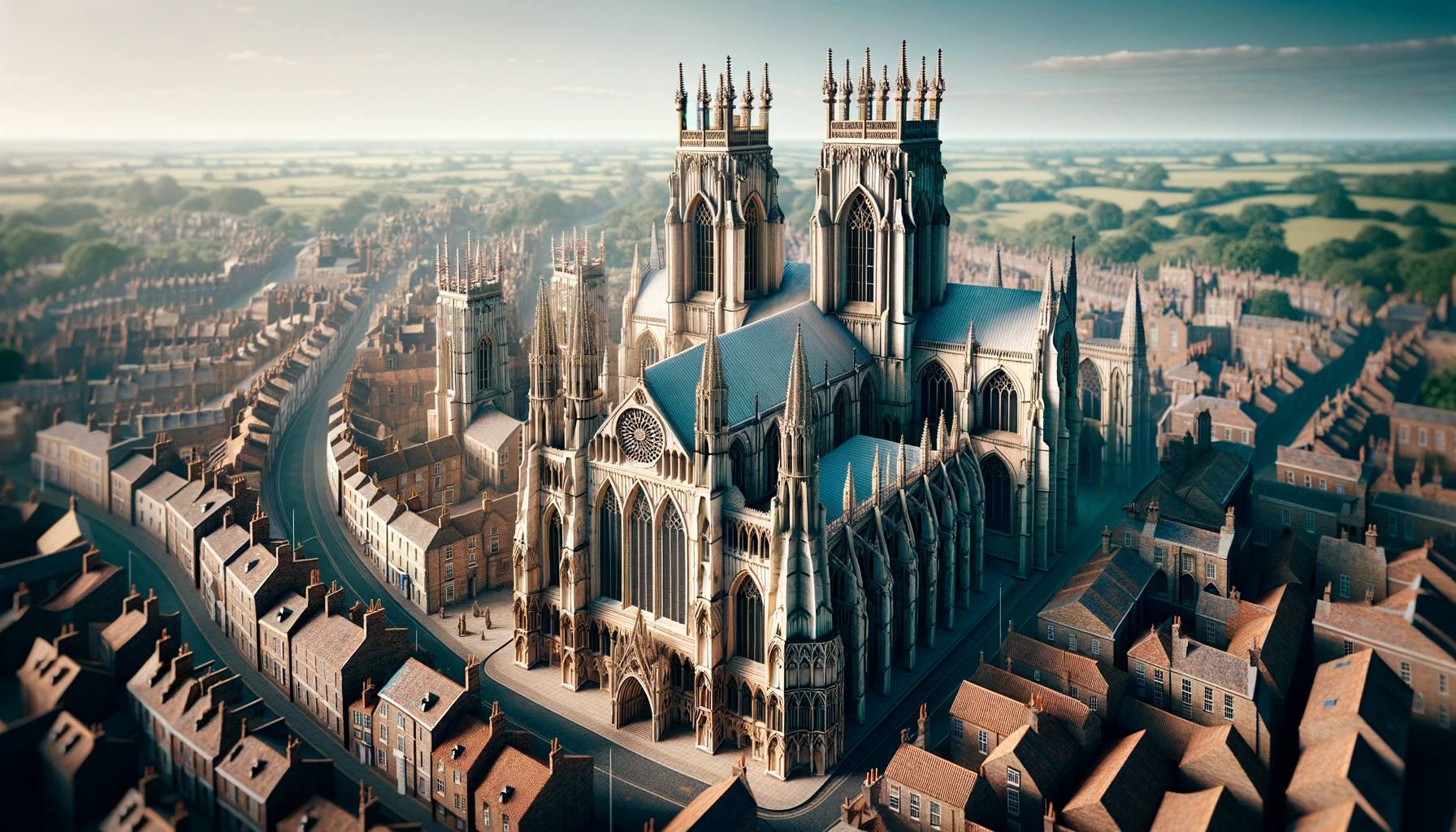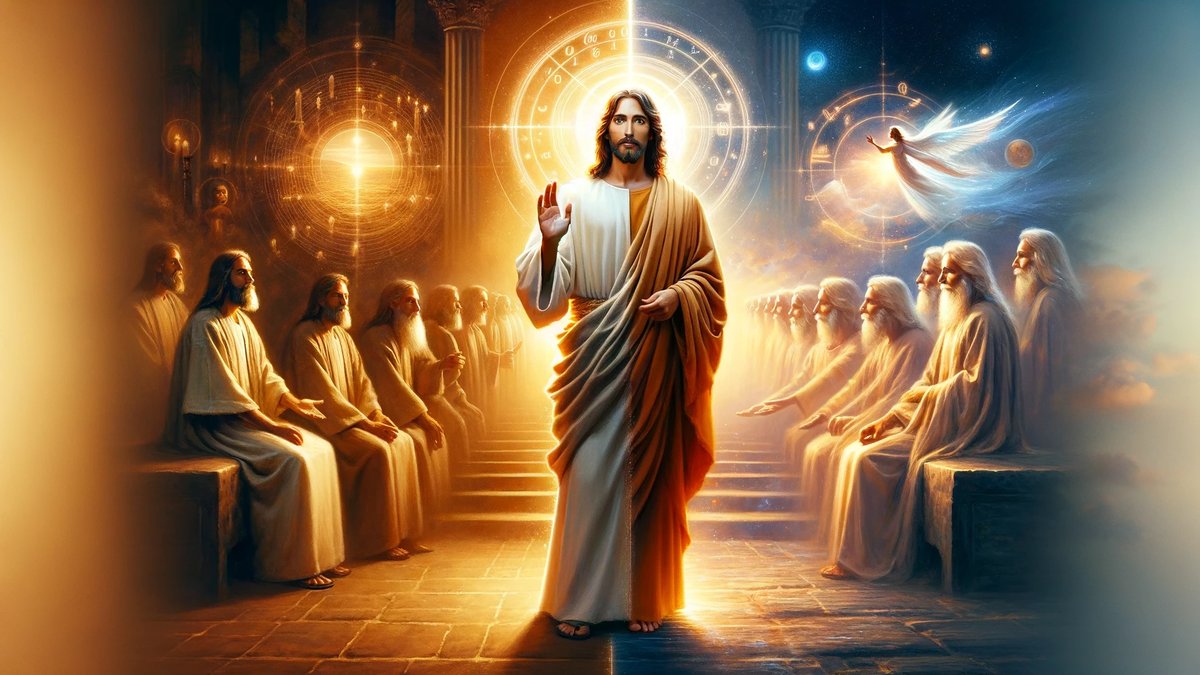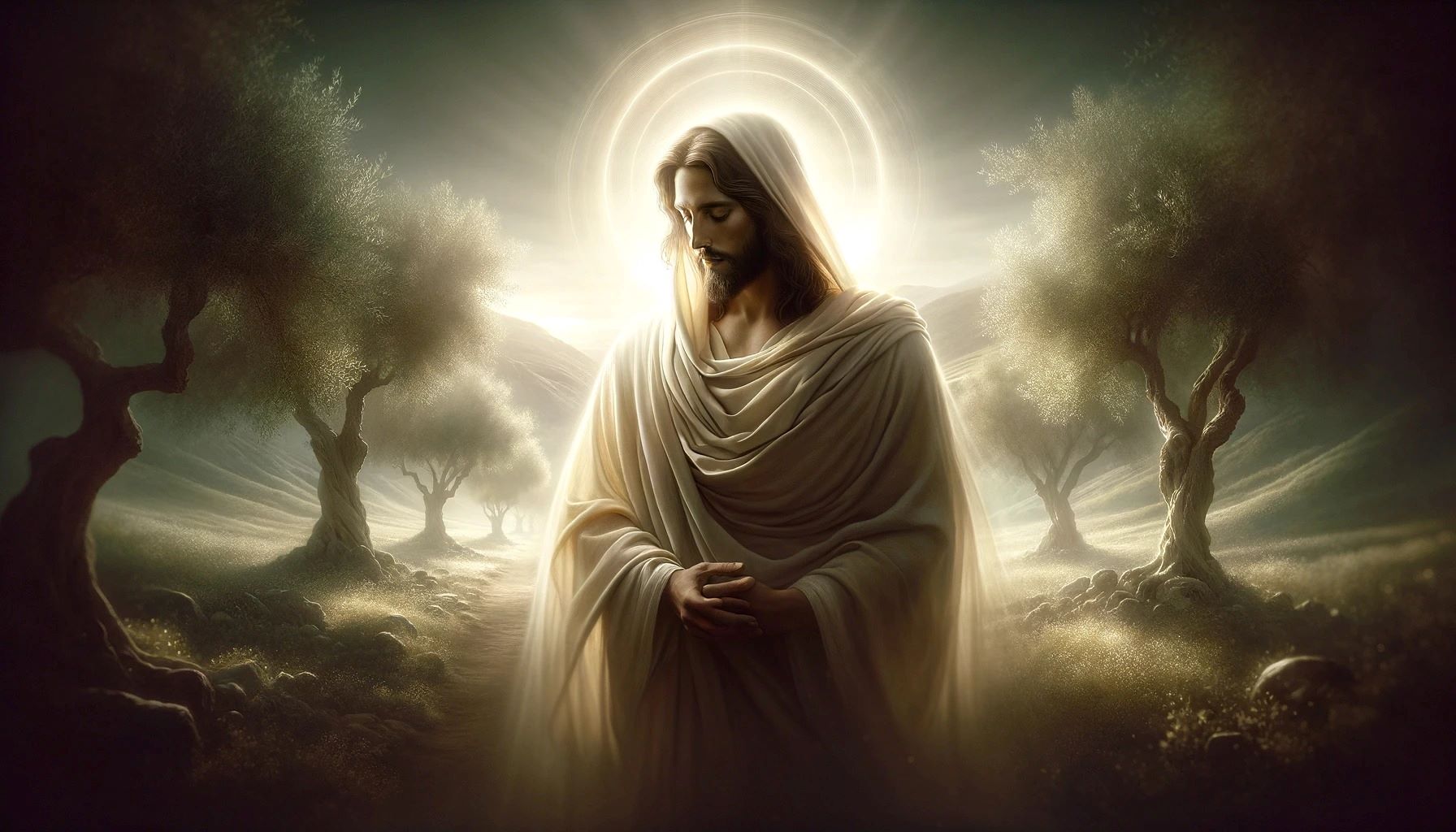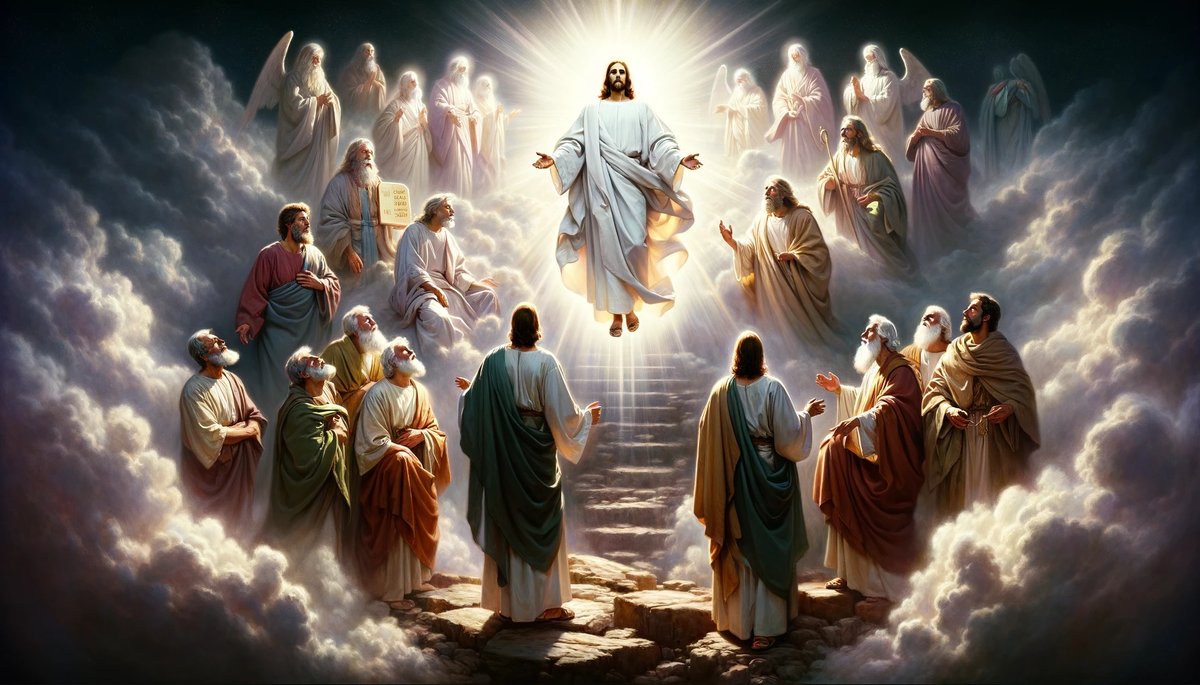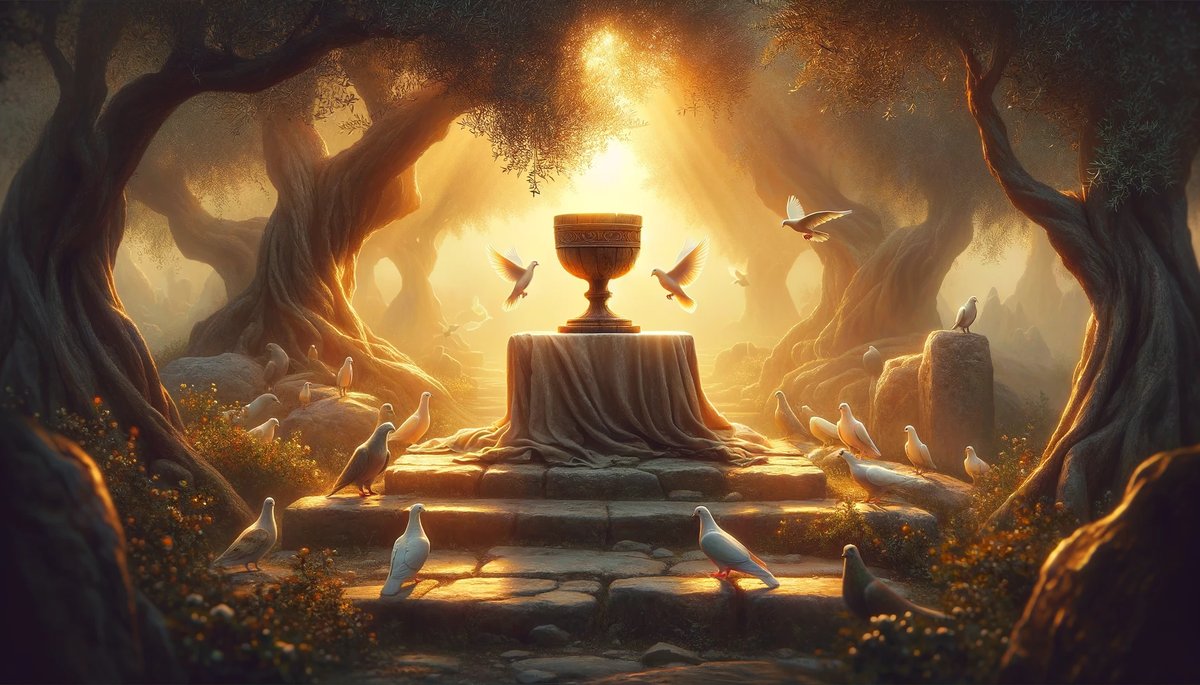Home>Christian Videos>Bible Stories>What Is The Oldest Painting Of Jesus Christ
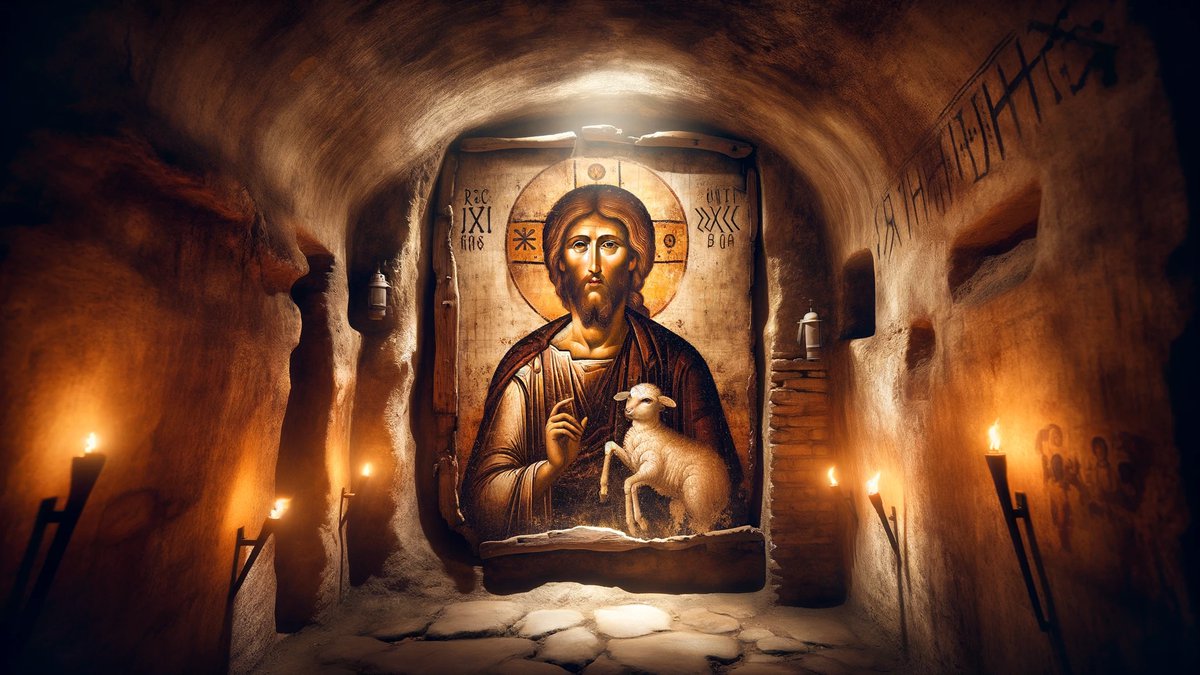

Bible Stories
What Is The Oldest Painting Of Jesus Christ
Published: March 2, 2024
Ericka Andersen, an editor at Christian.net, expertly merges digital strategy with content creation, focusing on faith and societal issues. Her communication skills enhance the platform's engaging narratives, fostering meaningful dialogue on belief's impact on society.
Discover the oldest painting of Jesus Christ and explore its significance in Bible stories. Uncover the historical and religious importance of this ancient artwork.
(Many of the links in this article redirect to a specific reviewed product. Your purchase of these products through affiliate links helps to generate commission for Christian.net, at no extra cost. Learn more)
Table of Contents
Introduction
What is the oldest painting of Jesus Christ? This question has intrigued art historians and religious scholars for centuries. The depiction of Jesus Christ in art has been a subject of fascination and reverence, with countless interpretations and representations throughout history. The earliest known depictions of Jesus provide valuable insights into the early Christian community and the evolving visual representations of the central figure of Christianity. In this article, we will delve into the history of early Christian art and explore the significance of the oldest known painting of Jesus Christ.
Read more: What Is The Oldest Cathedral In The UK
The History of Early Christian Art
-
Emergence of Christian Art: Early Christian art emerged within the context of the Roman Empire, where Christianity was initially a persecuted minority religion. The catacombs of Rome served as early sites for Christian worship and burial, and they also became spaces for the creation of Christian art. The art of this period was influenced by both Roman and Jewish artistic traditions, reflecting the diverse cultural milieu of the time.
-
Symbolism and Secrecy: Due to the persecution of Christians, early Christian art often employed symbolic imagery to convey religious messages. The use of symbols such as the fish, the Good Shepherd, and the Chi-Rho (☧) reflected the clandestine nature of early Christian worship and the need to communicate covertly.
-
Shift to Public Expression: As Christianity gained legal recognition and eventually became the state religion of the Roman Empire, Christian art transitioned from the secrecy of the catacombs to public spaces. Churches and basilicas became important sites for the display of Christian art, with mosaics, frescoes, and sculptures depicting biblical narratives and religious figures.
-
Influence of Byzantine Art: The development of Byzantine art, characterized by its emphasis on spirituality and divine grandeur, had a profound impact on the visual representation of Jesus Christ and other religious subjects. Byzantine icons and mosaics set the stage for the iconic imagery of Christ that would become prevalent in later periods.
-
Theological Controversies and Artistic Expression: The history of early Christian art is also intertwined with theological debates and controversies. The use of images in religious worship, known as the iconography, sparked intense theological discussions, leading to the iconoclastic controversies in the Byzantine Empire.
-
Continuity and Innovation: Despite the challenges and changes that marked the early history of Christian art, the visual representation of Jesus Christ remained a central theme. Artists and artisans continued to innovate while drawing on established traditions, resulting in a rich tapestry of artistic expressions that reflected the evolving beliefs and practices of the Christian community.
This section provides a glimpse into the dynamic and multifaceted history of early Christian art, setting the stage for the exploration of the oldest known painting of Jesus Christ.
The Oldest Known Depiction of Jesus Christ
The oldest known depiction of Jesus Christ is found in the ancient Syrian city of Dura-Europos, which dates back to the early 3rd century. This remarkable discovery provides a rare glimpse into the visual representation of Jesus during the early centuries of Christianity. The painting, located in the baptistery of the Dura-Europos church, depicts a youthful Jesus with short, curly hair and a beardless face. He is shown standing on the banks of the Jordan River, with a shepherd at his side and a group of sheep in the background. This portrayal of Jesus as the Good Shepherd reflects the early Christian understanding of Christ as the compassionate and guiding figure for his followers. The significance of this painting extends beyond its artistic and historical value, offering valuable insights into the religious beliefs and cultural context of the early Christian community.
The discovery of the Dura-Europos painting sheds light on the diverse artistic expressions within early Christianity and the regional variations in the portrayal of Jesus Christ. The depiction of Jesus as the Good Shepherd resonated deeply with the pastoral imagery that held significance in the agrarian society of Dura-Europos. The pastoral theme also carried spiritual connotations, aligning with the biblical metaphors of Christ as the shepherd of his flock. This early representation of Jesus Christ reflects the fusion of biblical narratives, cultural symbolism, and artistic creativity, illustrating the dynamic interplay between religious faith and visual representation in the ancient world.
The painting in Dura-Europos stands as a testament to the enduring power of visual imagery in shaping religious devotion and communal identity. The portrayal of Jesus as the Good Shepherd not only conveyed spiritual truths but also served as a source of comfort and inspiration for the early Christian community. The compassionate and protective qualities attributed to the Good Shepherd resonated with the hopes and aspirations of the faithful, offering a sense of solace and reassurance in the midst of social, political, and religious challenges. This ancient depiction of Jesus Christ exemplifies the profound impact of art in communicating and reinforcing religious beliefs, transcending linguistic and cultural barriers to convey timeless messages of faith and salvation.
The oldest known painting of Jesus Christ in Dura-Europos represents a pivotal moment in the history of Christian art, marking the early stages of visual representations of Jesus that would continue to evolve and diversify in the centuries to come. This significant discovery invites us to contemplate the enduring legacy of artistic creativity and religious devotion, reminding us of the profound connections between the sacred and the visual, the timeless and the tangible. As we marvel at this ancient portrayal of Jesus Christ, we are reminded of the enduring power of art to illuminate the depths of human spirituality and the enduring legacy of faith across the ages.
Analyzing the Painting
The painting of Jesus Christ in Dura-Europos offers a compelling subject for analysis, inviting us to explore its artistic, cultural, and religious dimensions. The portrayal of Jesus as the Good Shepherd carries profound symbolism, reflecting the pastoral imagery that resonated with the early Christian community in Dura-Europos. The youthful depiction of Jesus, with short, curly hair and a beardless face, aligns with the artistic conventions of the time and provides insights into the visual representation of Christ in the early 3rd century. The presence of the shepherd and the flock of sheep in the background further reinforces the pastoral theme, emphasizing the compassionate and protective role attributed to Jesus as the Good Shepherd.
The composition of the painting, with Jesus standing on the banks of the Jordan River, evokes biblical narratives and the imagery of baptism, underscoring the spiritual significance of water in Christian symbolism. The inclusion of the shepherd and the sheep adds layers of meaning, symbolizing the guidance and care provided by Jesus to his followers. The pastoral setting and the serene demeanor of Jesus convey a sense of peace and reassurance, reflecting the aspirations of the early Christian community amidst the challenges they faced.
From an artistic perspective, the painting exhibits a blend of regional influences and cultural symbolism, reflecting the unique context of Dura-Europos. The style and iconography of the painting reveal the interplay between local artistic traditions and the emerging visual language of early Christian art. The use of vibrant colors, intricate details, and symbolic motifs demonstrates the skill and creativity of the artist, as well as the cultural nuances embedded in the portrayal of Jesus Christ.
The significance of the painting extends beyond its visual elements, encompassing its role as a vehicle for religious expression and communal identity. The depiction of Jesus as the Good Shepherd would have resonated deeply with the early Christian community, offering a tangible representation of their faith and the compassionate presence of Christ in their lives. The painting served as a focal point for worship, contemplation, and spiritual reflection, fostering a sense of connection to the divine and to one another within the Christian congregation.
In analyzing the painting of Jesus Christ in Dura-Europos, we are reminded of the intricate interplay between art, faith, and culture, and the enduring power of visual imagery to convey profound truths and inspire devotion. The painting stands as a testament to the rich tapestry of early Christian art and the diverse expressions of religious belief within the ancient world. As we delve into its artistic and symbolic dimensions, we gain a deeper appreciation for the enduring legacy of visual representations of Jesus Christ and their profound impact on the spiritual imagination of believers across the centuries.
Significance of the Painting
The painting of Jesus Christ in Dura-Europos holds profound significance within the context of early Christian art and religious expression. Its portrayal of Jesus as the Good Shepherd embodies timeless themes of guidance, protection, and compassion, resonating deeply with the spiritual aspirations and communal identity of the early Christian community. The pastoral imagery depicted in the painting reflects the cultural and social landscape of Dura-Europos, where agrarian symbolism held deep significance. The pastoral theme also carries spiritual connotations, aligning with the biblical metaphors of Christ as the shepherd of his flock. This portrayal of Jesus as the Good Shepherd served as a source of comfort, hope, and inspiration for the early Christian congregation, offering a tangible representation of Christ's caring presence in their lives.
The painting's significance extends beyond its artistic and religious dimensions, encompassing its role as a focal point for communal worship and spiritual reflection. As the early Christian community gathered in the baptistery of the Dura-Europos church, the painting would have served as a visual anchor for their faith, fostering a sense of connection to the divine and to one another. The compassionate and protective qualities attributed to the Good Shepherd provided solace and reassurance amidst the challenges and uncertainties faced by the early Christians, reinforcing their sense of belonging and shared belief in the transformative power of Christ's love and guidance.
Furthermore, the painting of Jesus Christ in Dura-Europos exemplifies the dynamic interplay between artistic creativity, cultural symbolism, and religious devotion. Its visual representation of Jesus as the Good Shepherd transcends linguistic and cultural barriers, conveying timeless messages of faith and salvation. The enduring legacy of the painting lies in its ability to illuminate the depths of human spirituality and to inspire reverence and contemplation across generations. As a testament to the enduring power of visual imagery in shaping religious beliefs and communal identity, the painting of Jesus Christ in Dura-Europos continues to resonate with the universal themes of faith, compassion, and the enduring presence of the divine in the lives of believers.
In exploring the significance of the painting, we are reminded of the profound connections between art, faith, and community, and the enduring impact of visual representations of Jesus Christ on the spiritual imagination of believers. The painting stands as a testament to the rich tapestry of early Christian art and the diverse expressions of religious belief within the ancient world, inviting us to contemplate the enduring legacy of artistic creativity and the timeless resonance of faith across the ages.
Read more: What Was Jesus Christ’s Profession
Conclusion
The oldest known painting of Jesus Christ in Dura-Europos stands as a testament to the enduring power of visual imagery in shaping religious beliefs and communal identity. Its portrayal of Jesus as the Good Shepherd embodies timeless themes of guidance, protection, and compassion, resonating deeply with the spiritual aspirations and communal identity of the early Christian community. The significance of the painting extends beyond its artistic and religious dimensions, encompassing its role as a focal point for communal worship and spiritual reflection. As the early Christian community gathered in the baptistery of the Dura-Europos church, the painting would have served as a visual anchor for their faith, fostering a sense of connection to the divine and to one another. The compassionate and protective qualities attributed to the Good Shepherd provided solace and reassurance amidst the challenges and uncertainties faced by the early Christians, reinforcing their sense of belonging and shared belief in the transformative power of Christ's love and guidance.
Furthermore, the painting of Jesus Christ in Dura-Europos exemplifies the dynamic interplay between artistic creativity, cultural symbolism, and religious devotion. Its visual representation of Jesus as the Good Shepherd transcends linguistic and cultural barriers, conveying timeless messages of faith and salvation. The enduring legacy of the painting lies in its ability to illuminate the depths of human spirituality and to inspire reverence and contemplation across generations. As a testament to the enduring power of visual imagery in shaping religious beliefs and communal identity, the painting of Jesus Christ in Dura-Europos continues to resonate with the universal themes of faith, compassion, and the enduring presence of the divine in the lives of believers.
In exploring the significance of the painting, we are reminded of the profound connections between art, faith, and community, and the enduring impact of visual representations of Jesus Christ on the spiritual imagination of believers. The painting stands as a testament to the rich tapestry of early Christian art and the diverse expressions of religious belief within the ancient world, inviting us to contemplate the enduring legacy of artistic creativity and the timeless resonance of faith across the ages.
